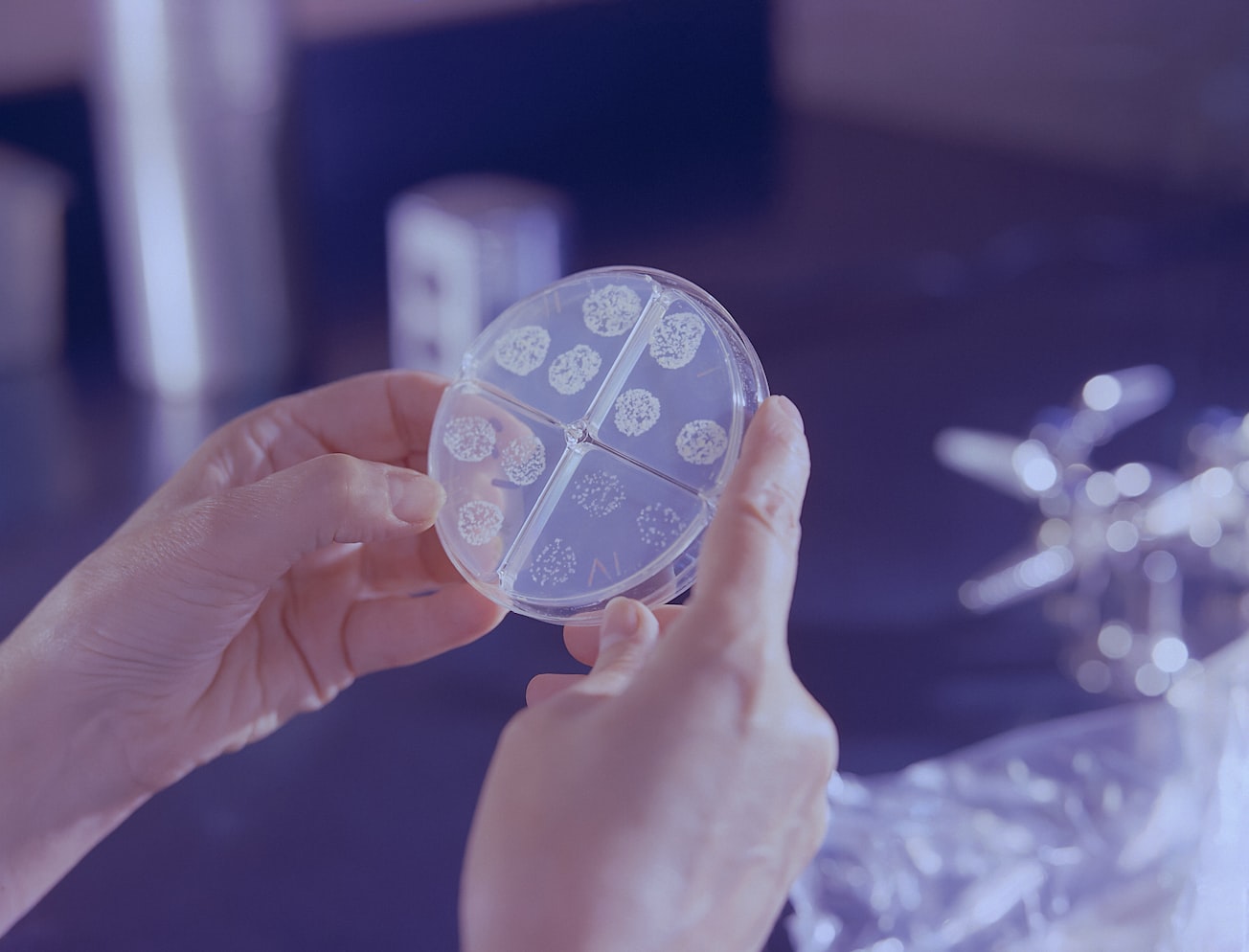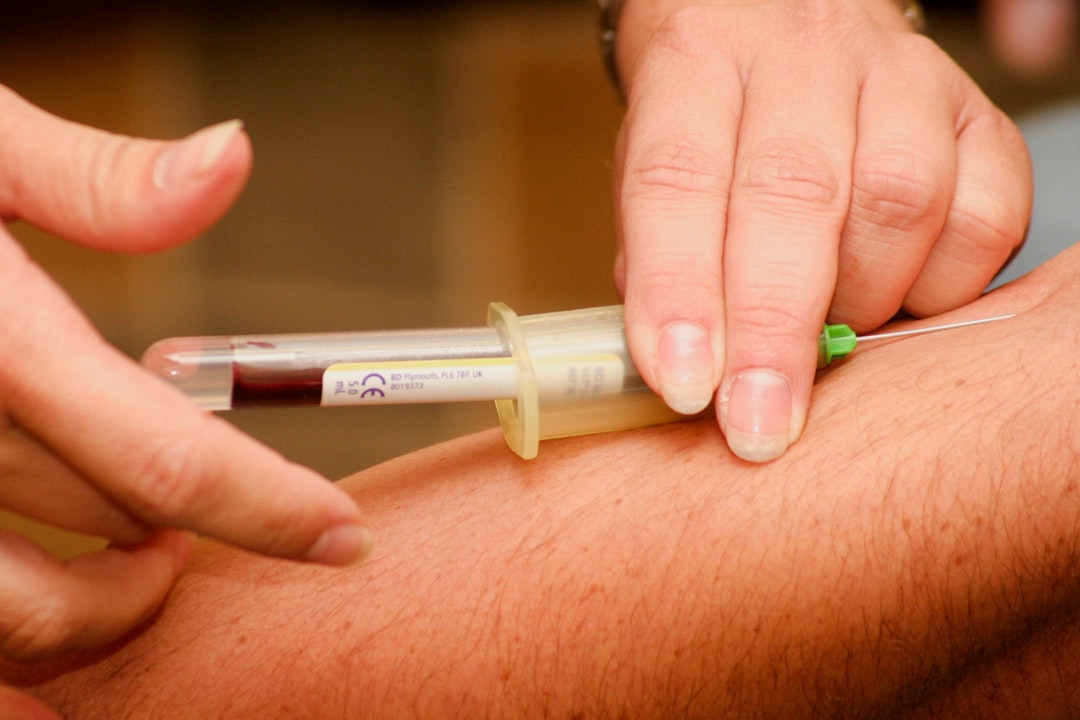What is it about?
Fungal diseases are now recognized as increasingly affecting human and animal health and dramatically diminishing food crop yields. Among fungi, Candida albicans is a predominant opportunistic pathogen of humans causing systemic candidiasis, especially in immunocompromised individuals. Only a limited armamentarium of four different classes of drugs are available to treat C. albicans infections. However, increased use of antifungal drugs has led to clinical complications including primary C. albicans resistance to major antifungals, as well as multiple resistance to drugs from different classes.
Featured Image

Photo by CDC on Unsplash
Why is it important?
Echinocandins, fungal-specific drugs inhibiting 1,3-β-glucan synthase critical for construction of the organism's cell wall, are currently recommended as a first-line treatment for invasive candidiasis because of their high efficiency and their low toxicity. There is only one generally recognized mechanism by which C. albicans acquire resistance to echinocandins. This involves point mutations in the FKS1 gene which encodes for a catalytic subunit of glucan synthase. It has now become clear that echinocandin resistance can evolve in steps gradually decreasing susceptibility to echinocandins in the absence of mutations in FKS1. Apparently, C. albicans possesses mechanisms independent of FKS1 mutations that can decrease susceptibility to echinocandins, although these “alternative” mechanisms do not confer clinical resistance. Some of these mechanisms depend on specific aneuploidy of either chromosome 2 or chromosome 5; aneuploidy being defined as a change in the number of chromosome(s) or large portion of a chromosome. Elucidating the factors that influence echinoncandin susceptibility, increase drug tolerance, and ultimately lead to emergence of a drug resistance is of high importance.
Perspectives
Writing this article was a great pleasure as it has co-authors with whom I have had long standing collaborations. This article also leads to a greater involvement in aneuploidy research on fungal pathogen.
Sudisht Kumar Sah
University of Rochester
Read the Original
This page is a summary of: The role of aneuploidy in the emergence of echinocandin resistance in human fungal pathogen Candida albicans, PLoS Pathogens, May 2021, PLOS,
DOI: 10.1371/journal.ppat.1009564.
You can read the full text:
Contributors
The following have contributed to this page










